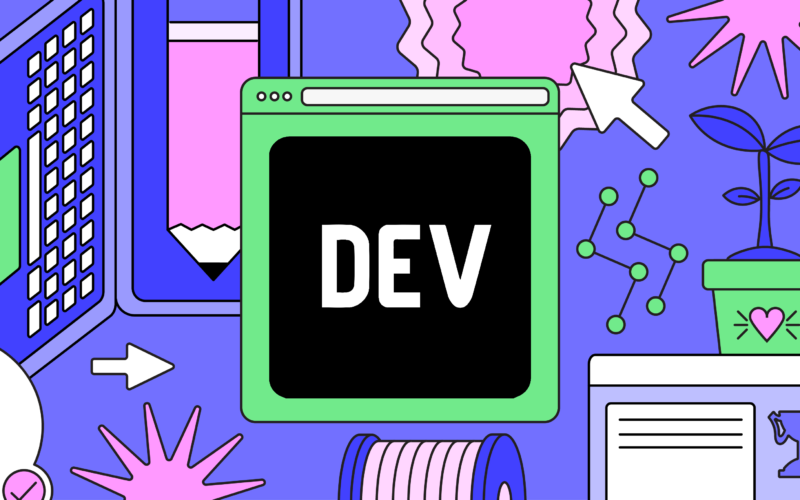In PHP development, selecting the right framework is crucial for building efficient, scalable, and maintainable applications. Laravel and Symfony are two of the most popular PHP frameworks, each with its unique strengths and limitations. This article provides an in-depth comparison of both, helping you make an informed choice.
Overview of Laravel
Laravel, created by Taylor Otwell in 2011, aims to simplify and enhance the web development experience. It is renowned for its elegant syntax, comprehensive documentation, and vibrant ecosystem. The Laravel ecosystem includes numerous powerful tools like Laravel Forge, Laravel Nova, and Laravel Vapor, further empowering developers.
Core Features of Laravel
- Eloquent ORM: Offers a clean and elegant way to interact with databases.
- Blade Template Engine: Allows direct use of PHP code in templates, supporting template inheritance and code snippets.
- Artisan CLI: A command-line tool that helps automate repetitive tasks, improving development efficiency.
- Routing: A flexible and powerful routing mechanism for defining clear application routes.
- Middleware: A convenient HTTP request filtering mechanism for functionalities like user authentication and logging.
Overview of Symfony
Symfony, created by Fabien Potencier in 2005, is a mature and powerful PHP framework. It is known for its high reusability, modular design, and extensive community support. Symfony components are widely used in numerous PHP projects, including Laravel.
Key Features of Symfony
- High Flexibility: Extremely configurable, allowing developers to customize framework features based on project needs.
- Modular Architecture: Built on a “Bundle” system, making it easy to add, remove, or replace components.
- Twig Template Engine: Provides a clean and understandable syntax, enhancing view layer development efficiency.
- Symfony CLI: A command-line tool that simplifies daily development tasks.
- Robust HTTP Foundation: Strong HTTP handling mechanisms for efficiently managing requests and responses.
Comparing Laravel and Symfony
Learning Curve
- Laravel: Known for its smooth learning curve, especially suitable for beginners. Its comprehensive documentation and active community provide abundant learning resources.
- Symfony: Due to its high flexibility and complexity, the learning curve is relatively steep. While it offers rich documentation and community support, developers need to invest more time to master it fully.
Performance
- Laravel: Although its out-of-the-box performance may not match Symfony, optimization measures can enhance its capability to handle large applications.
- Symfony: Renowned for its excellent performance and scalability, its modular features allow for precise performance tuning, making it suitable for high-performance applications.
Ecosystem
- Laravel: Boasts a thriving ecosystem with numerous powerful tools and extensions, such as Laravel Forge, Laravel Nova, and Laravel Vapor, greatly facilitating developers.
- Symfony: Comes with a comprehensive set of components that can be used individually or in combination, allowing seamless integration with other PHP libraries and tools for greater flexibility.
ServBay – A One-Stop Development Environment Management Tool
When choosing frameworks and tools, developers must also consider the setup and management of their development environment. ServBay is a one-stop development environment management tool designed specifically for developers, simplifying the setup and maintenance of environments, allowing developers to focus quickly on coding.
Community and Support
- Laravel: Has a large and active community that provides extensive learning resources, including detailed documentation, tutorials, and third-party packages.
- Symfony: Also boasts strong community support, backed by official support from SensioLabs, which includes professional technical support and training services.
Conclusion
Both Laravel and Symfony are leaders in the PHP framework space, each possessing unique advantages that cater to different developer needs. Laravel is celebrated for its elegant syntax, rich ecosystem, and rapid development speed, making it ideal for developers seeking ease of use, feature richness, and quick project turnaround. In contrast, Symfony excels in high flexibility, superior performance, and customizability, making it more suitable for developers building complex applications that require high performance and specific custom requirements.
Ultimately, the choice of framework depends on the specific needs of your project and the technical stack of your development team. Additionally, leveraging development environment management tools like ServBay can help you manage the development process more efficiently, allowing you to focus on coding and project implementation.
Source link
lol

